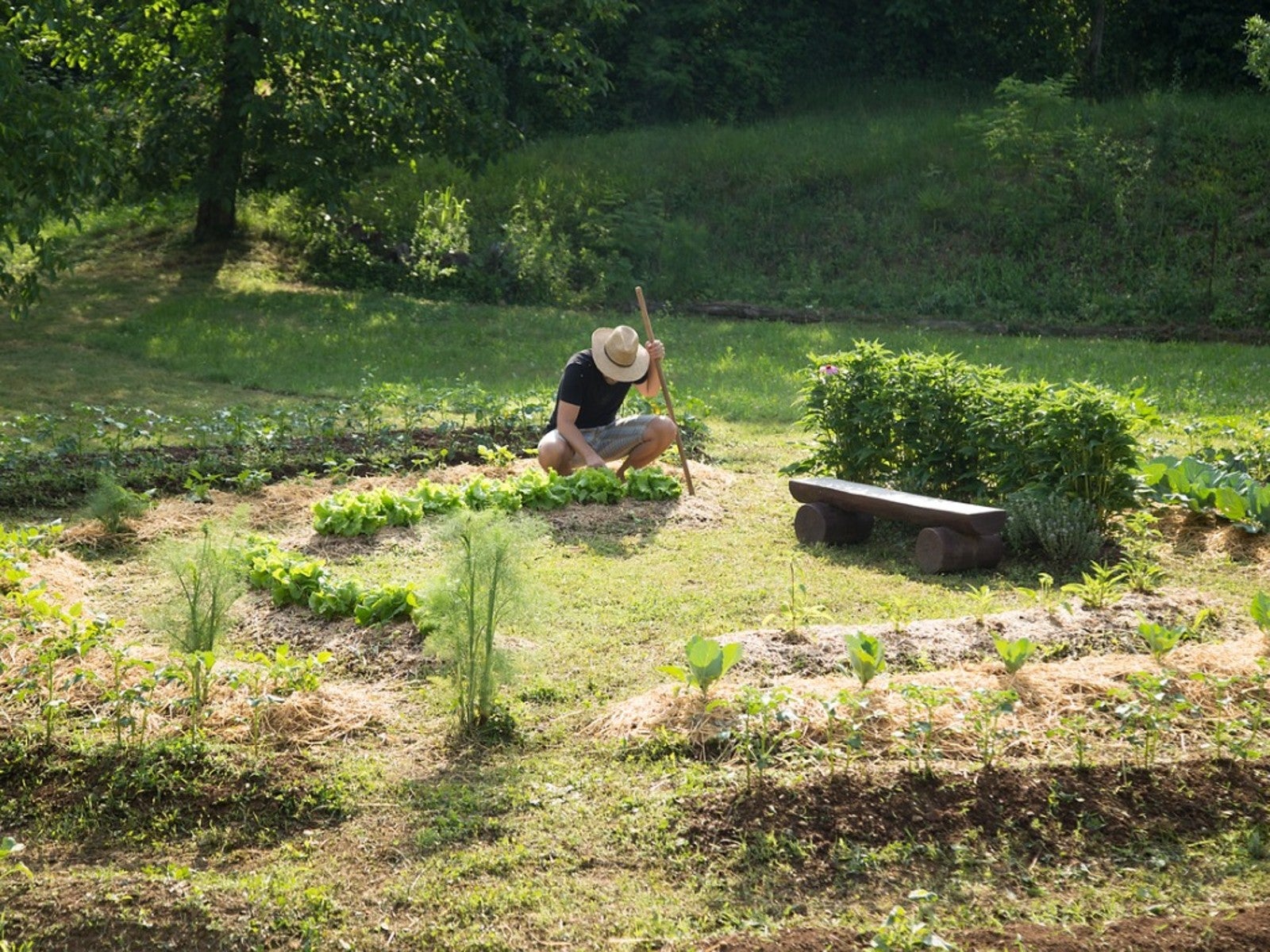Basic Principles Of Permaculture Design


The principles of permaculture designs were founded in 1970 by Bill Mollison and David Holmgren. They coined this term to describe an agricultural system which mimics nature and harmonizes the land with the needs of people to produce food, shelter and energy in a sustainable manner.
Ethics of Permaculture Garden Design
Adopting these principles into your landscape design is an eco-friendly method of gardening. It begins with understanding these three basic ethics:
- Care of the Earth – Use gardening practices, such as organic pest control, to minimize negative impacts on the natural environment.
- Care of the people – Permaculture is a shortened term for permanent agriculture. The primary goal is to meet the food and shelter needs of humans in an environmentally positive manner.
- Sharing of resources – As in nature, the goal of permaculture is zero waste. Share excesses and repurpose by-products.
The Principles of Permaculture
The three ethics of permaculture are further expanded and explained by the basic 12 principles of permaculture. Here are a few ways to apply these principles to your home garden:
- Observe and interact – This is the learning stage. Before planning a garden, gather data about your property. For instance, what areas receive full sun or gusty wind? Where does water puddle after a storm?
- Catch and store energy – Something as simple as collecting rainwater to irrigate the garden can help reduce one's carbon footprint.
- Obtain a yield – Strive to maintain a productive agricultural space, whether this is a vegetable garden, orchard or hen house. The more product that is created with a given amount of resources, the lower the environmental impact of agriculture.
- Apply self regulation and accept feedback – Periodically check to see that your garden design is working as planned and make adjustments as needed.
- Value and use renewable resources – Rather than sending unwanted materials to the landfill, try composting leaves and grass clippings. Then use this nutrient-rich material to amend garden soil.
- Produce no waste – As one of the basic permaculture design principles, gardeners can turn problems into solutions by recycling, repurposing or reusing materials.
- Design from patterns to details – Using the data gathered in step one, design the garden area to make the best use of natural resources. Then add details, like specific plants.
- Integrate rather than segregate – One example of this principle is companion planting. Integrating plants which are beneficial to each other reduces the need for chemical pest control and fertilizers.
- Use small and slow solutions – Test alternate gardening methods like vertical gardening or raised beds on a small scale before investing time, materials and labor.
- Use and value diversity – Plant a variety of veggie crops, flowers or shrubs in the home garden. This protects against total loss should one species be threatened by pests, disease or weather conditions.
- Use edges and value the margin – The edge is where two garden areas meet, such as the lawn and a flowerbed. A keyhole garden design is one way to apply this permaculture principle in the backyard.
- Creatively use and respond to change – Growing conditions can vary from year to year, but gardeners who can adapt to changing conditions will have the most success overall.
Sign up for the Gardening Know How newsletter today and receive a free copy of our e-book "How to Grow Delicious Tomatoes".

Laura Miller has been gardening all her life. Holding a degree in Biology, Nutrition, and Agriculture, Laura's area of expertise is vegetables, herbs, and all things edible. She lives in Ohio.